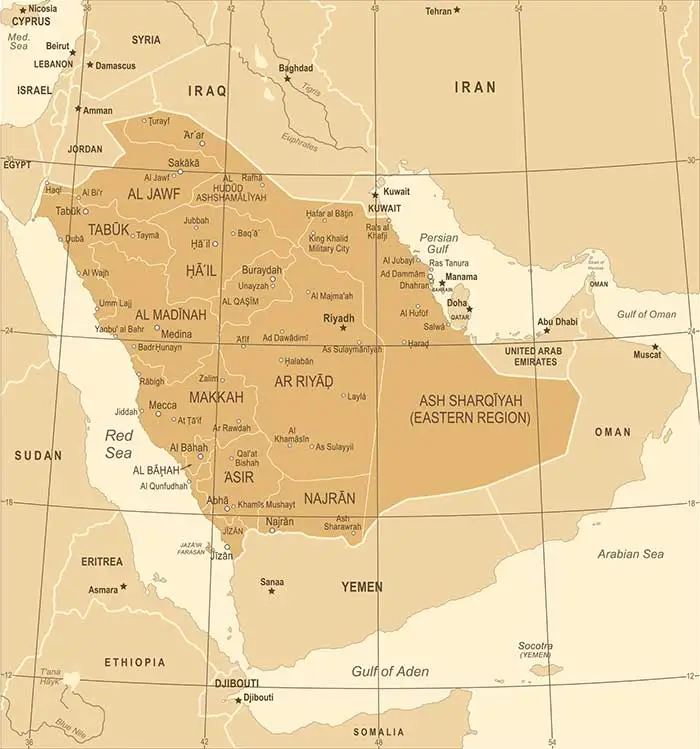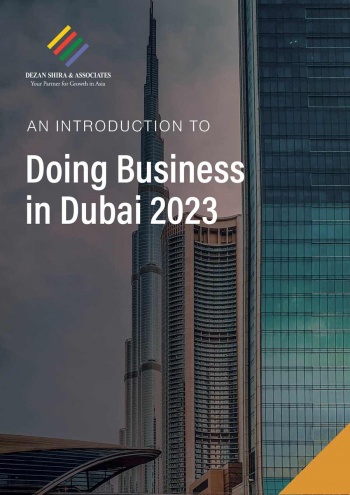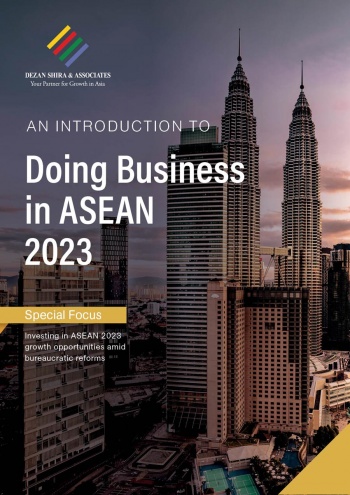Saudi Arabia and Russia: The 2023 –24 Trade and Investment Dynamics
Growth is apparent but INSTC connectivity is required to boost bilateral trade
By Emil Avdaliani
Political and economic trends across Eurasia have pushed Saudi Arabia and Russia to seek closer ties. Riyadh seeks to diversify its foreign policy and foreign economic relations in order to implement its Saudi Vision 2030 strategic development programme, while it also seeks greater ties with Eurasian powers to balance its dissatisfaction with the West, and especially the United States.
Russia too needs Saudi Arabia. Sanctioned by the West, it seeks new export markets. The Arab countries, especially Saudi Arabia, earn on resale and re-exports from the various discounts that Moscow has to offer on hydrocarbons. Promising wider geopolitical incentives however have not as yet produced the expected results. Through following the military actions in Ukraine Russia was pushed to re-orient its trade toward Asia often leading to significant trade growth with the neighbors and Middle East countries, this has not been the case with Saudi Arabia – yet.
Trade
An example of a Saudi-Russia negative trend is their bilateral trade, which in 2021 amounted to US$2.2 billion, while in 2022 it decreased to US$1.6 billion. The figures are insignificant in terms of each other’s trade volumes. In 2022, the share of the Saudi export market to Russia was only 2% of the value of Russia’s total imports into the country. Russia meanwhile mostly exports oil and agricultural/food products. For instance, about 70% of Russia’s exports to Saudi Arabia was in cereals. In 2022, exports of Russian beef have increased by 70% and exports of Russian poultry meat to the Saudi Arabian market have increased by 98% (compared to 2021). Russia also exports rice, milk powder, corn, confectionery, and flour.
However, this trend has ticked upwards and increased into 2023, with the volume of agricultural products and food products between Russia and Saudi Arabia doubling between January-April 2023. The estimated potential for cheese exports from Russia to Saudi Arabia stands at US$5 million per year, as reported in the review of the Federal Center “Agroexport” published by Russia’s Ministry of Agriculture. In 2021, however, Saudi Arabia imported a total of US$72.7 million worth of cheese from Russia.
One particular development as a result of the Ukraine conflict and the subsequent sanctions imposed upon Russia is that Saudi Arabia’s demand for Russian fertilizers for consumption, both domestically and for re-export has significantly grown, as has their oil trade.
For example, throughout 2022, Russia increased the supply of diesel and fuel oil by US$250 million. Saudi Arabia, itself a major oil producer, buys oil products from Russia at a discount and exports this oil to world markets. Saudi Arabia imported 330,000 b/d of oil from Russia in April 2023. In June the Kingdom imported a record 910,000 metric tons (193,000 barrels per day) of fuel oil.
Commercial ties between the two countries are also manifested in the expanding relations between the Russian regions and Saudi Arabia. The Muslim Russian republics of the North Caucasus, Tatarstan, and Bashkortostan are actively working with Saudi companies, invite them for potential investments and are seeking exporting opportunities in the kingdom’s food and technology sectors. In Russia there is also a growing interest in tourism in Saudi Arabia with a particular focus on the cities of Jeddah and Riyadh.
Nevertheless, the two sides agree that the existing level of bilateral trade is falling short of its true potential. Both have pledged to increase their bilateral trade to US$5 billion by 2030. Yet there are challenges both are facing. Poor logistics is a major drawback as trade mostly takes place through Turkiye and the United Arab Emirates.
Russia hopes that the March rapprochement between Iran and Saudi Arabia would increase the traffic to Saudi Arabia through Iran. The plan is not without its own deficiencies, but it seems realistic especially as together with the UAE, Saudi Arabia also looks forward to the implementation of the International North-South Transport Corridor (INSTC). Saudi Arabia is especially interested in the western branch of the route which goes via Azerbaijan to Iran. Trans-Gulf connectivity between Saudi Arabia and Iran is currently being discussed between Riyadh and Tehran and will eventually facilitate the expansion of the INSTC into the Gulf area.

Investments
There is an emerging trend of Russian companies moving from UAE to Saudi Arabia. Among the Russian entities that have opened an office in Saudi Arabia, there are IT developers and even creators of drones such as UVL Robotics, which began providing drone delivery services in Oman before entering the Saudi Arabi’s market. Russian railways are also building part of the new rail networks for the Saudi NEOM development project.
Russian businesses see the momentum and want to use it properly. In May this year, the first multi-industry business mission Made in Russia + INNOPROM to Saudi Arabia was held at the Riyadh Chamber of Commerce and Industry. The event gathered the heads of more than 100 Russian companies and 250 Saudi businessmen from international Saudi companies such as AlBawani, Rochn, NEOM, amongst others.
By the end of 2018, Saudi Arabia had invested more than US$2 billion in Russian projects. By early 2022, the country again began placing significant investments into Russia. For example, Kingdom Holding, founded by Al Waleed bin Talal Al Saud, invested US$526 million in Russian oil and gas companies. Kingdom Holding purchased American depositary receipts of Russian companies such as LUKOIL for US$109 million and Rosneft for US$52 million.
Similar to the bilateral trade level, the volume of investment is way behind its true potential. Both countries recognize this, but so far, few meaningful steps have been made to remedy the situation. Relatively low levels of bilateral investments is characteristic to Russia-Saudi relations since the 1990s. Promises often fall flat. For instance, in 2015, Crown Prince Mohammed bin Salman promised that Saudi Arabia would invest US$10 billion in the Russian economy. In 2019 Russian media complained that Saudi Arabia invested only about a quarter of this amount.
Looking ahead, despite the overall promising geopolitical conditions, investment and trade ties between Saudi Arabia and Russia will remain relatively limited – making it an exception among most of the Asian and Middle East countries which have benefited from Russia’s trade shift from the West. The Western sanctions imposed on Russia will serve as a major disincentive for Saudi companies. Nor will Saudi Arabia fully endanger its ties with the US and risk incurring secondary sanctions. That manifested itself more recently with Jeddah hosting Ukraine peace talks to which Russia was not invited.
Bilateral ties are also not fully absent from inherent tensions rising in that the two countries compete for the same oil-dependent markets in Asia. That said, they are regular contributors at the Shanghai Cooperation Organisation, while Saudi Arabia has made known its interest in participating in an expanded BRICS. The two countries share security concerns over Islamic fundamentalism.
Nevertheless, the situation can be expected to improve somewhat when the INSTC transport corridors from the Persian Gulf to Russia become more efficient, which could be possible from 2025. Eyes will be on non-energy trade as both markets – equally conservative in their own ways – need time to adapt to each other.
Emil Avdaliani is a professor at European University and the Director of Middle East Studies at the Georgian think-tank, Geocase.
Dezan Shira & Associates have partner firms in both Russia and Saudi Arabia who can assist with mutual foreign trade and investment. For an introduction, please contact us at asia@dezshira.com
Related Reading
- Presidents Raisi and Putin Discuss Iran-Russia INSTC Connectivity
- Russia’s RDIF & Russian Railways Win Tenders To Develop Saudi Rail
About Us
Middle East Briefing is one of five regional publications under the Asia Briefing brand. It is supported by Dezan Shira & Associates, a pan-Asia, multi-disciplinary professional services firm that assists foreign investors throughout Asia, including through offices in Dubai (UAE), China, India, Vietnam, Singapore, Indonesia, Italy, Germany, and USA. We also have partner firms in Malaysia, Bangladesh, the Philippines, Thailand, and Australia.
For support with establishing a business in the Middle East, or for assistance in analyzing and entering markets elsewhere in Asia, please contact us at dubai@dezshira.com or visit us at www.dezshira.com. To subscribe for content products from the Middle East Briefing, please click here.
- Previous Article UAE – Russia: 2023-24 Trade and Investment Dynamics
- Next Article UAE Wants To Invest In BRICS New Development Bank





